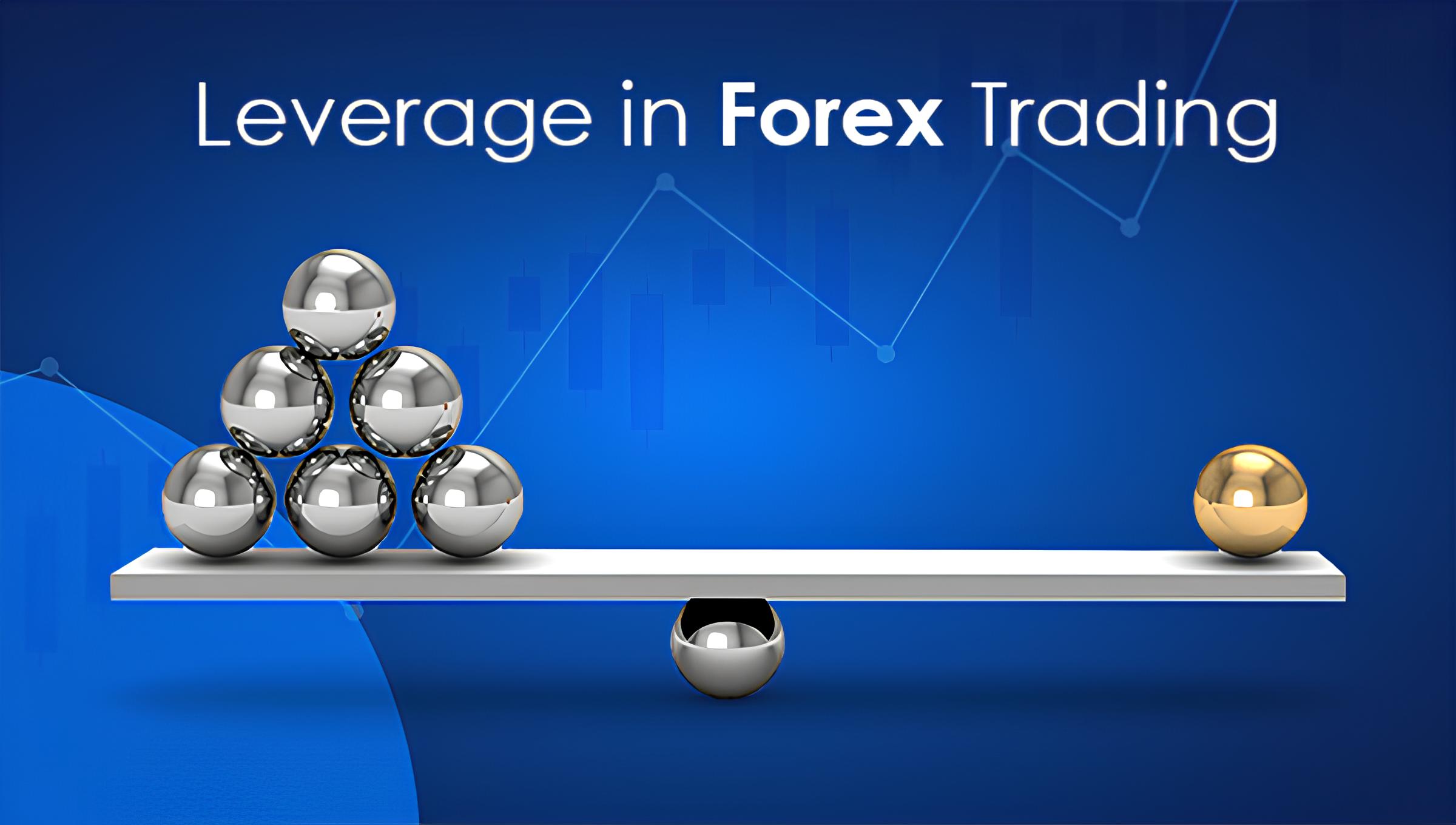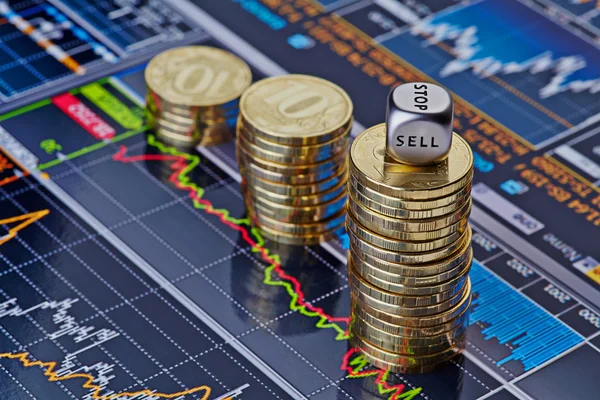
Leverage is a fundamental concept in forex trading that can significantly amplify both potential profits and risks. For traders looking to maximize their trading strategies, understanding leverage is essential. This article will explore what leverage is, how it works in the forex market, its advantages and risks, effective management strategies, and ultimately, how to balance leverage for success in forex trading.
What is Leverage and Its Role in Forex Trading?

Leverage in forex trading refers to the use of borrowed capital to increase the potential return on investment (ROI). It allows traders to control a larger position in the market than they would be able to with their own capital alone. Leverage is expressed as a ratio, such as 50:1 or 100:1, indicating how much larger the trader’s position can be compared to their equity.
Example:
- Leverage Ratio of 100:1: If a trader has $1,000 in their trading account, with 100:1 leverage, they can control a position worth $100,000.
In this scenario, leverage magnifies both potential gains and losses, making it a double-edged sword in forex trading.
The Mechanics of Leverage: How It Works in Forex

When a trader opens a leveraged position, they are required to deposit a margin, which is a percentage of the total trade size. This margin serves as collateral for the borrowed funds.
Key Components:
- Margin: The amount required to open a leveraged position.
- Free Margin: The amount still available for opening new positions, calculated as account equity minus margin used.
- Margin Call: An alert from the broker when the equity in a trading account falls below the required margin, prompting the trader to deposit more funds or close positions to avoid automatic liquidation.
Comparative Table of Leverage Example
| Leverage Ratio | Equity (USD) | Position Size Controlled (USD) | Margin Required (USD) |
|---|---|---|---|
| 10:1 | 1,000 | 10,000 | 1,000 |
| 50:1 | 1,000 | 50,000 | 500 |
| 100:1 | 1,000 | 100,000 | 100 |
Advantages of Using Leverage in Forex Markets

Using leverage in forex trading offers several advantages:
- Increased Profit Potential: With leverage, traders can maximize their exposure to market movements, leading to potentially higher returns.
- Lower Capital Requirement: Leverage allows traders to enter larger positions without needing a correspondingly large amount of capital.
- Diversification: Traders can diversify their portfolios by accessing more trades concurrently due to lower capital requirements.
Practical Example:
If a trader invests $1,000 in a trade with 100:1 leverage and the trade makes a 1% profit, they gain $1,000 instead of just $10, which would be the case without leverage.
The Risks Associated with High Leverage in Trading

Despite its advantages, high leverage can lead to significant risks, including:
- Amplified Losses: Just as leverage can increase profits, it can also magnify losses. A small adverse price movement can lead to a substantial loss.
- Margin Calls: If losses lead to equity falling below the required margin, traders may face margin calls, resulting in forced liquidation of positions.
- Emotional Trading: The potential for high profits and losses can lead to emotional decision-making, which may detract from a disciplined trading strategy.
Risk Management Tips:
- Set stop-loss orders to limit potential losses.
- Only use leverage that aligns with your risk tolerance and trading strategy.
Strategies for Managing Leverage Effectively

To harness the benefits of leverage while mitigating risks, traders should adopt effective management strategies:
- Use Lower Leverage: Consider using lower leverage ratios (e.g., 10:1 or 20:1) to reduce risk while still allowing for significant gains.
- Maintain a Balanced Portfolio: Diversify positions across various currency pairs to spread risk.
- Regularly Monitor Positions: Keep a close eye on trades to react promptly to market changes and avoid margin calls.
- Educate Yourself: Continuous learning about market dynamics and leverage strategies can enhance decision-making.
Conclusion: Balancing Leverage for Success in Forex

Understanding leverage is crucial for any forex trader. While it provides a means to increase potential profits, it also introduces significant risks. By employing effective management strategies and maintaining a balance between risk and reward, traders can use leverage to their advantage and work towards long-term success in the forex markets.
Frequently Asked Questions (FAQ)
1. What is leverage in forex trading?
Leverage in forex trading is the ability to control a larger position with a relatively small amount of capital, using borrowed funds.
2. How does leverage work?
Leverage allows traders to open positions much larger than their account balance by requiring a margin. The leverage ratio indicates the amount of trading position controlled relative to the margin.
3. What are the risks of trading with high leverage?
High leverage can lead to significant losses, margin calls, and emotional trading decisions, which can disrupt a trader’s strategy.
4. How can I manage my leverage effectively?
Manage leverage by using lower ratios, diversifying your portfolio, setting stop-loss orders, and regularly monitoring your positions.
5. Is high leverage suitable for all traders?
Not necessarily; high leverage is riskier and may not be suitable for novice traders or those with a low risk tolerance.
6. Can leverage lead to a margin call?
Yes, if your account equity falls below the required margin due to losses, you may receive a margin call, requiring you to add funds or close positions.
7. What is a good leverage ratio for beginners?
Beginners are generally advised to start with lower leverage ratios, such as 10:1 or 20:1, to minimize risk while gaining trading experience.
Using lower leverage seems smart. I will try that in my trading.
‘Amplified losses’ is scary, but it makes sense with high leverage.
‘Emotional trading’ is something I struggle with. This article helps me focus.
High leverage sounds risky, but I see why traders use it. Gotta be careful!
This article explains leverage really well. It’s important to know how it works in forex.
I learned a lot about margin calls. I didn’t know they could force you to close positions!
‘Educate yourself’ is key! I’m going to read more about market dynamics now.
‘Balanced portfolio’ sounds like a plan! I’ll work on diversifying my trades.
The examples of leverage ratios helped me understand better. Thanks for sharing!
I appreciate the risk management tips! Stop-loss orders are a good idea.
| Powered by WordPress | Theme by TheBootstrapThemes